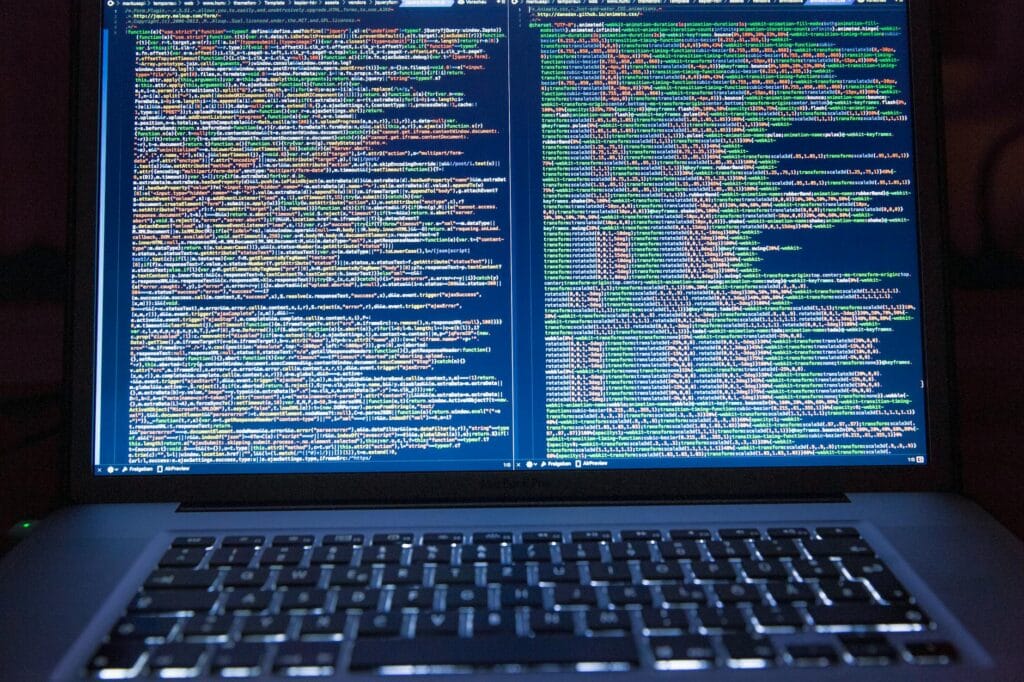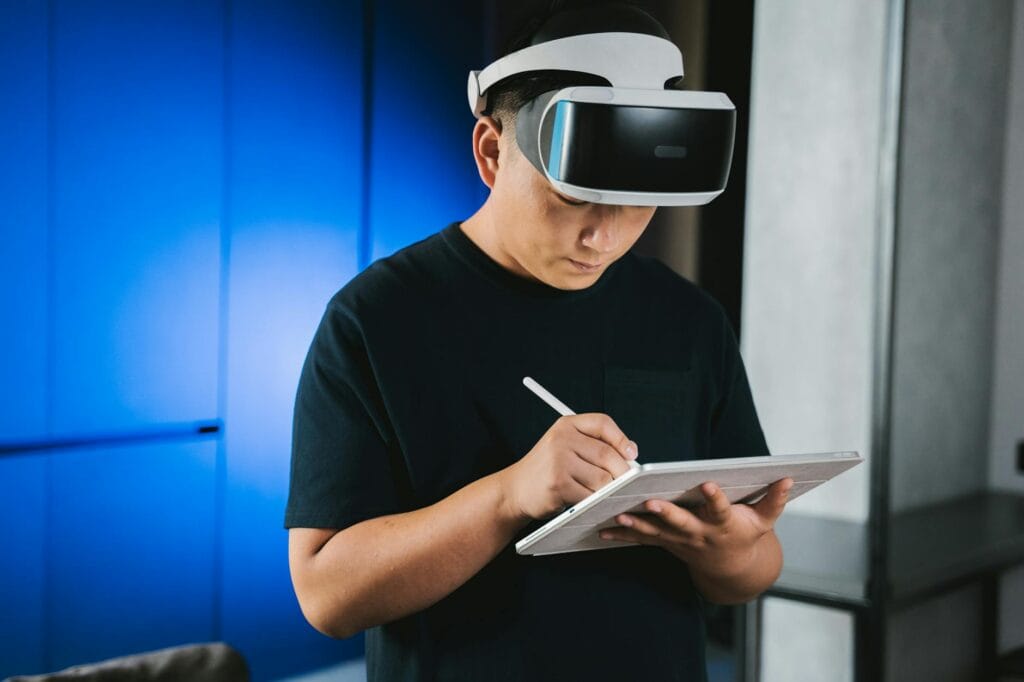Introduction
Coding is more than just a skill; it’s a way of thinking that opens doors to creativity, logic, and problem-solving. But for many, developing a passion for coding feels like climbing a mountain. The good news? Like any other habit, you can condition your brain to crave coding. In this blog, I’ll take you through the unique steps I followed to turn coding into an obsession. – I Amazingly Tricked My Brain to Be Addicted to Coding in 5 Steps
Table of Contents
- Understanding Why Coding Feels Intimidating
- Rewiring the Brain with Psychology
- Building a Habit, One Step at a Time
- Leveraging Rewards to Create Excitement
- Adding Fun to the Coding Journey
- Learning from Communities and Resources
- Wrapping It All Up
Understanding Why Coding Feels Intimidating

Why Coding Feels Intimidating
At first, coding felt overwhelming to me. Endless lines of syntax, cryptic error messages, and hours of debugging were exhausting. This struggle, however, is part of the process, and reframing it as an opportunity to learn was my first breakthrough.
The initial challenge is rooted in unfamiliarity. Our brains naturally resist activities that don’t provide immediate rewards. But coding doesn’t have to feel like this forever.
Rewiring the Brain with Psychology
The science of habit formation centers around cues, routines, and rewards. I devised a plan to make coding irresistible by understanding how these components work.
Start with a Simple Trigger
I set a specific time each day to code—right after my morning coffee. This small ritual served as a cue that nudged me toward my keyboard.
Make It Routine
Consistency was key. I ensured that I coded daily, even if it was just for 15 minutes. Repetition built familiarity, and soon, my brain started associating coding with a sense of accomplishment.
Building a Habit, One Step at a Time

Building a Habit
Break It Down
Starting small is underrated. I focused on solving one problem at a time, whether it was writing a basic function or understanding a single algorithm. Achieving these bite-sized goals built confidence.
Set Micro-Goals
Each day, I’d set a specific goal—like writing a new feature for a project or debugging a snippet of code. These goals kept me motivated and offered a clear direction.
Leveraging Rewards to Create Excitement
Rewarding progress is crucial to creating a positive feedback loop. Here’s how I did it:
Celebrate Wins
After completing a particularly tough task, I’d treat myself—sometimes with a snack, other times with a short break. These rewards made the effort feel worthwhile.
Track Achievements
I used habit-tracking apps to monitor my coding streaks. Watching my progress grow over time was incredibly satisfying.
Adding Fun to the Coding Journey
Coding can be more than lines of text on a screen—it can be an adventure:
Pick Projects You Love
I discovered that working on projects I genuinely cared about, like a game or a personal productivity tool, made coding something I looked forward to.
Experiment with Tools
Interactive tools like CodePen and Python’s Turtle graphics added a visual and creative element to my learning process. Seeing immediate results kept me engaged.
Turn It Into a Game
Platforms like Codewars and LeetCode transformed coding challenges into a competitive yet enjoyable activity.
Learning from Communities and Resources

Communities and Resources
The journey is easier when shared with others. Here’s what helped:
Join Coding Communities
Participating in forums like Stack Overflow and Reddit’s Programming Subreddit helped me learn from others’ experiences and stay inspired.
Consume Quality Content
YouTube channels like Fireship and The Net Ninja provided bite-sized lessons that kept me curious.
Take Courses
Online platforms like freeCodeCamp and Udemy offered structured paths to advance my skills.
Wrapping It All Up
Tricking your brain into being addicted to coding is about creating a loop of positive experiences. By starting small, celebrating progress, and making learning fun, you can build a habit that’s both rewarding and sustainable.
Remember, coding is a journey, not a sprint. Embrace the process, and soon you’ll find yourself eagerly anticipating your next session. So, what’s your first step? Start today, and watch your love for coding grow!



Your article helped me a lot, is there any more related content? Thanks!